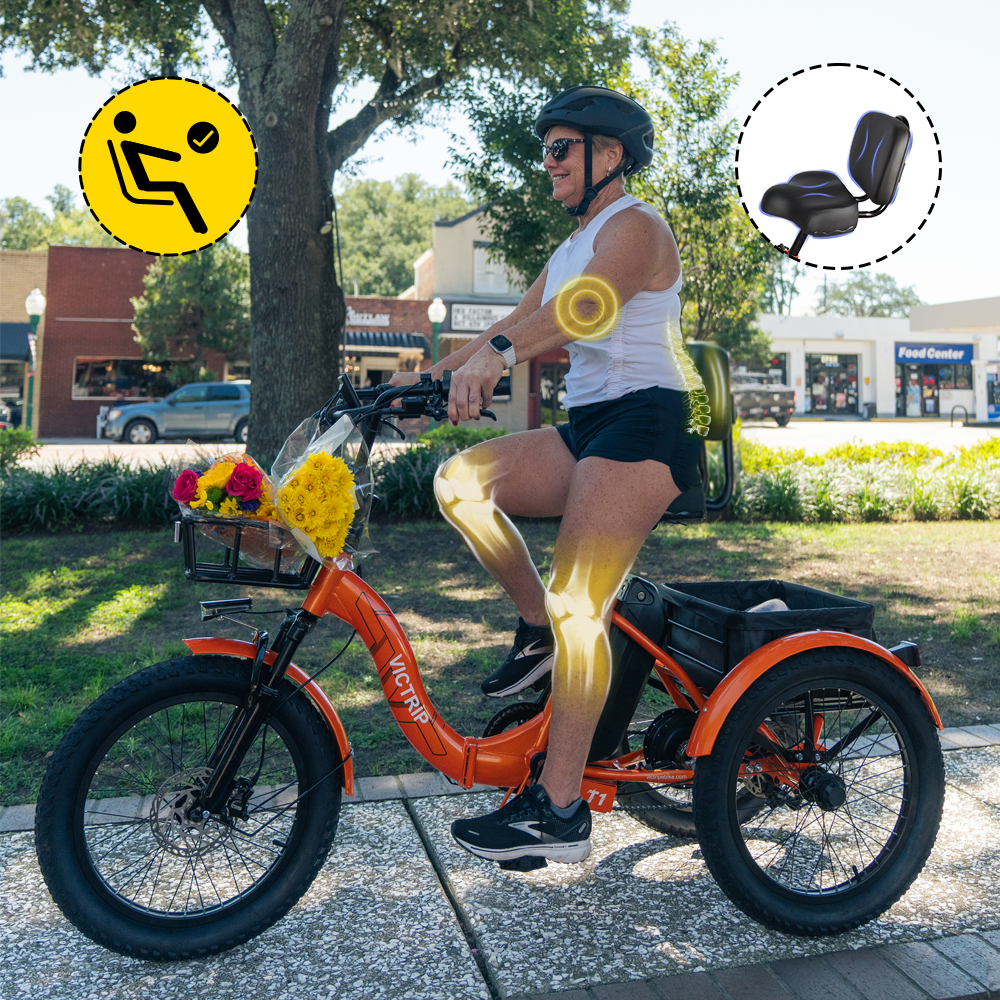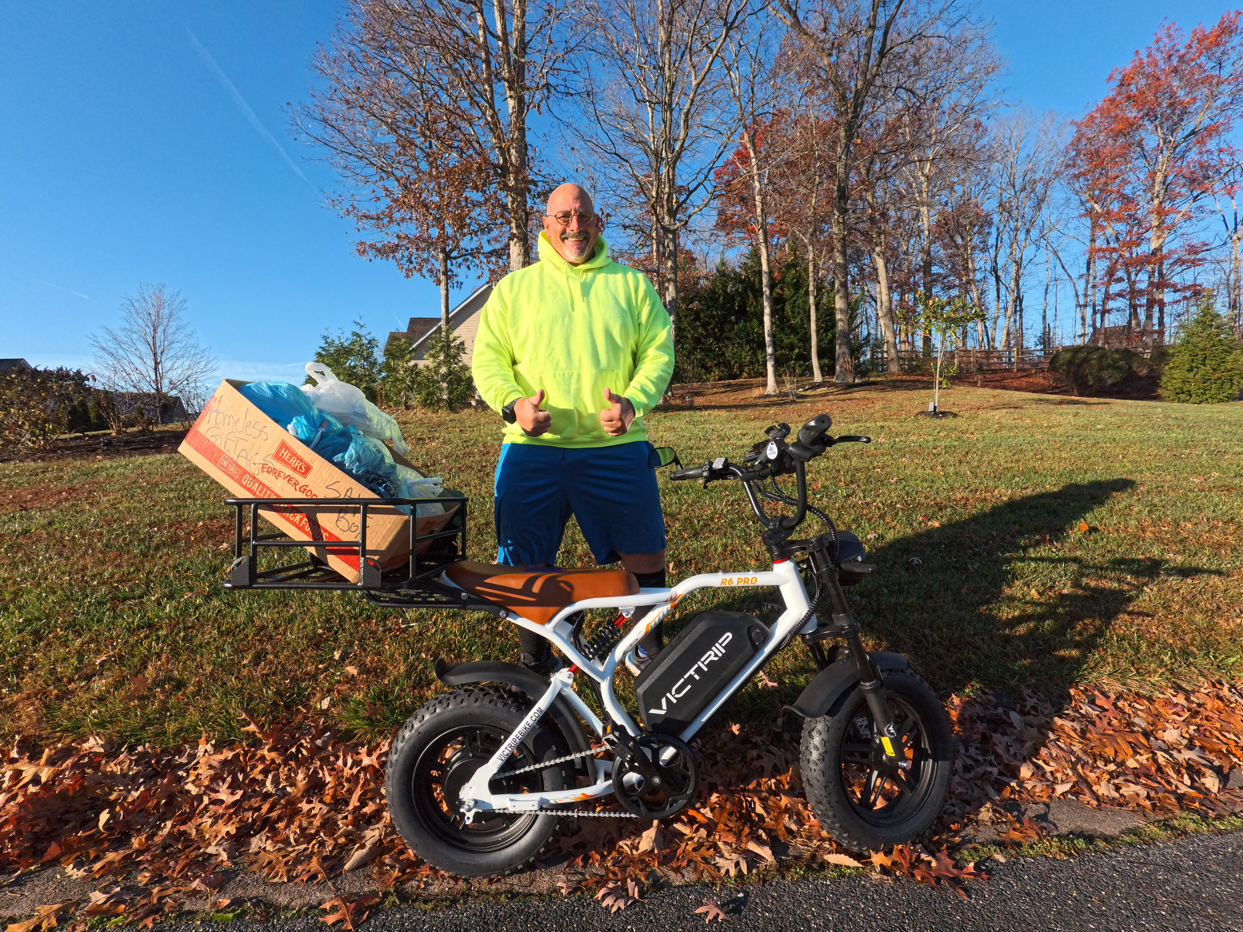
Possessing an eBike unveils a remarkable avenue for embracing eco-conscious, efficient, and exhilarating transportation. Yet, akin to any sophisticated apparatus, your eBike’s battery demands diligent stewardship to ensure its longevity and optimal functionality. Curious about how to extract maximal vitality from your battery while circumventing costly renewals? You’ve arrived at the quintessential resource. This guide breaks down everything you need to know about eBike battery maintenance — from charging habits to storage, troubleshooting, and even safety.
Decoding the Anatomy of eBike Batteries
Before embarking on maintenance practices, it’s imperative to grasp the essence that propels your journey. Predominantly, eBikes harness lithium-ion batteries, prized for their featherweight constitution and formidable energy density. Antiquated or budget-tier models might still deploy lead-acid batteries, yet these have become increasingly antiquated.
These power cells hoard electrical energy quantified through voltage (V), ampere-hours (Ah), and watt-hours (Wh). In layman’s terms, voltage dictates power delivery, ampere-hours denote storage capacity, while watt-hours reveal the aggregate energy reservoir. Comprehending these metrics equips you with insights into your battery’s endurance and vigor.
Principal Culprits Behind Battery Degradation
Batteries, despite their marvel, are not impervious. The chief adversaries eroding their lifespan include:
-
Cycle Attrition: Each full charge-discharge sequence inexorably diminishes capacity.
-
Overzealous Charging & Deep Depletion: Prolonged attachment to a charger or total drainage inflicts cellular damage.
-
Thermal Extremes: Exposure to scorching heat or biting cold accelerates chemical wear.
-
Physical Trauma & Moisture Intrusion: Impacts or water exposure may inflict irreversible harm.
Mastering the Art of Charging Your eBike Battery
Proper charging constitutes the cornerstone of battery preservation. Adhere strictly to the charger endorsed by your eBike’s maker, ensuring congruence in voltage and amperage.
-
Engage in habitual charging without succumbing to overcharging: disconnect promptly upon full charge.
-
Avoid exhausting the battery completely; replenish power when levels descend to roughly 20-30%.
-
Conduct charging sessions within temperate conditions; severe cold or heat diminishes charging efficacy.
Imagine refueling a high-performance vehicle—frequent top-offs without flooding the tank is the key.
Prudent Battery Storage Stratagems
If a hiatus from cycling beckons, maintain your battery’s vitality with these storage tenets:
-
Deposit in a temperate, arid environment—ideally between 50°F and 70°F (10°C to 21°C).
-
Store the battery charged to an intermediary level, approximately 40-60%.
-
Avoid stowing fully charged or utterly depleted batteries.
Such measured storage decelerates chemical aging and curtails capacity attrition.
Cleansing and Scrutinizing Your Battery
Sustain the cleanliness of battery terminals with a dry cloth, steering clear of water or abrasive substances. Periodically examine for:
-
Structural fissures or deformations.
-
Corrosion manifesting on connectors.
-
Looseness in electrical contacts.
Detection of these anomalies warrants professional assessment or replacement.
Prolonging Battery Endurance During Usage
Your riding methodology profoundly affects battery stamina:
-
Leverage pedal-assist modes to alleviate battery load.
-
Eschew habitual full-throttle bursts that rapidly exhaust energy reserves.
-
Resist overburdening your eBike with excessive cargo.
Consider it akin to pacing a marathon rather than sprinting—steady exertion conserves energy and enhances durability.
Read More: How Long Do eBike Batteries Last? Lifespan, Tips & Myths?
Troubleshooting Battery Maladies
Confronted with battery complications? Consult this précis:
-
Inability to Retain Charge: Potentially age-induced or resultant from improper charging.
-
Abrupt Power Fluctuations: Indicative of cell imbalance or Battery Management System (BMS) malfunctions.
-
Charger Failure: Verify functionality with an alternate compatible charger if feasible.
Should rudimentary remedies falter, seek expertise from a technician.
The Sentinel Role of Battery Management Systems (BMS)
The BMS operates as the battery’s cerebral cortex, vigilantly regulating voltage, thermal conditions, and current flow to uphold safety. It thwarts overcharging, thermal runaway, and electrical shorts. Erratic behavior or refusal to charge may betray a defective BMS.
Upgrading Your eBike’s Power Source
When battery vitality wanes, upgrading emerges as a sagacious recourse:
-
Confirm compatibility with your eBike’s voltage and connector specifications.
-
Opt for premium-grade batteries—such as the VICTRIP high-capacity LG battery, lauded for exceptional reliability, extended range, and superior performance.
-
Factor in warranty provisions and customer support.
This investment can revitalize your ride sans acquiring an entirely new eBike.
Environmental Stewardship and Battery Recycling
Dispose of depleted batteries responsibly. Lithium-ion cells harbor components detrimental to ecosystems if improperly discarded.
-
Explore recycling initiatives through municipal waste facilities or eBike retailers.
-
Engage manufacturer-led take-back programs.
Responsible recycling recuperates precious materials and mitigates environmental contamination.
Imperatives for Safe Battery Handling
Exercise vigilance when managing batteries:
-
Circumvent punctures or drops.
-
Shield batteries from moisture and extreme thermal conditions.
-
Insulate terminals during transit to prevent shorts.
If swelling or acrid odors emerge, sever connections and solicit immediate assistance.
Dispelling Common Battery Myths
Clarifying misconceptions:
-
Myth: Overcharging instantaneously ruins the battery.
Reality: Modern BMS-equipped batteries regulate charging safely, though chronic overcharging remains inadvisable. -
Myth: Fast chargers inherently degrade batteries.
Reality: Quality fast chargers tailored for your battery ensure safe rapid charging. -
Myth: Frequent full discharges are necessary for lithium-ion health.
Reality: Deep discharging is detrimental to lithium-ion cells.
Advanced Upkeep Techniques
For aficionados intent on maximizing battery health:
-
Employ intelligent chargers that fine-tune charging cycles.
-
Utilize cell balancers to harmonize individual cell vitality.
-
Investigate firmware updates for your eBike to enhance battery management sophistication.
Safeguarding your eBike battery transcends mere routine—it is the linchpin of sustained performance and economic prudence. From astute charging to meticulous storage, culminating in selecting elite batteries like the VICTRIP high-capacity LG model, each action compounds benefits. Navigate your adventures with wisdom and vigilance, ensuring your battery remains a steadfast companion for miles yet to come.
FAQs
1. How frequently should I replenish my eBike battery?
Recharge when capacity dips to approximately 20-30%, rather than waiting for complete depletion.
2. May I employ any charger for my eBike battery?
No; exclusively utilize the charger specified by your manufacturer to avert damage.
3. What is the ideal temperature range for battery storage?
A cool, dry locale between 50°F and 70°F (10°C to 21°C) is optimal.
4. When should I contemplate replacing my eBike battery?
Replacement is prudent if charge retention markedly diminishes or physical defects manifest.
5. Are high-capacity batteries like VICTRIP’s LG variants worth the expenditure?
Indeed, their superior range, robustness, and enhanced safety render them an astute investment for discerning riders.




Share:
Foldable Electric Bike: Are They Worth It?
Are foldable Two Seater eBikes Worth It? Pros and Cons Explained